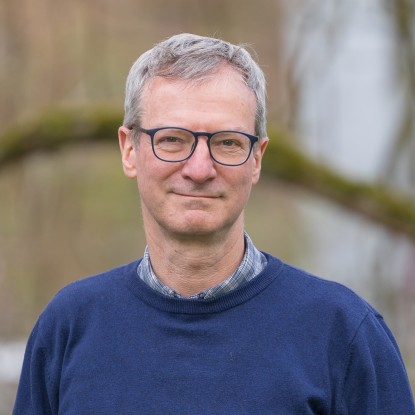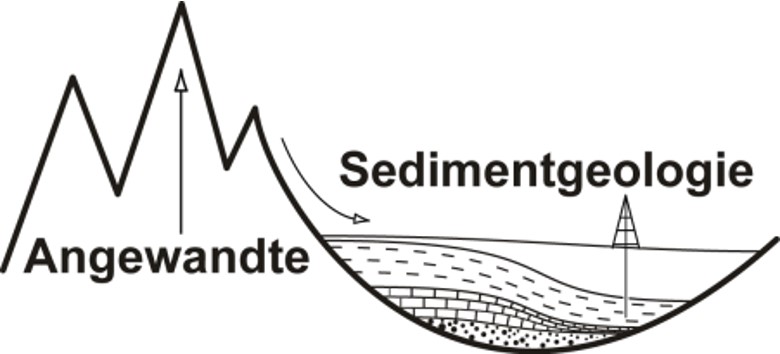Applicants: Prof. Dr. Christoph Schüth, Prof. Dr. Matthias Hinderer, AOR Dr. Thomas Schiedeck
Funding: Umweltforschungszentrum Halle-Leipzig, GTZ, Dornier Consult
Persons in charge: Alajmi Hussain Fahad, Helmut Bock, Alexander Bassis
Duration: 2007 – 2010
Summary
In Saudi Arabia several large aquifers exist from which fossil groundwaters are withdrawn especially for irrigation purposes. One of these aquifers is the palaeozoic Wajid sandstone in SW Saud Arabia. To get a better estimate of water resources in this hyperarid area, we study the reservoir properties using sedimentology, palynology, and sequence stratigraphy in cooperation with the German Gesellschaft für Technische Zusammenarbeit (GTZ, Eschborn), Dornier consult, and the Saudi Ministry of Water and Energy. The Wajid group was deposited at the western margin of the Arabian Plate from Cambrian to Permian time. Over this long time period of about 300 Ma plate movement and geodynamic processes at the northern edge of Gondwana, eustatic sea level changes as well as climatic changes are well documented in a clastic continental sequence which shows increasing marine intercalations towards the east. Of major interest are glacial to proglacial deposits of the ordovician and permian glaciations of Gondwana which were reach great thicknesses in channels and show very good reservoir qualities. Although the “Wajid sandstone” holds important groundwater resources which are intensively used and extensive outcrops exist, a modern study of sedimentary facies and dynamic stratigraphy of the Wajid Group is missing. This study aims to fill this gap.

Prof. Dr. Matthias Hinderer
Contact
hinderer@geo.tu-...
work +49 6151 16-20631






















